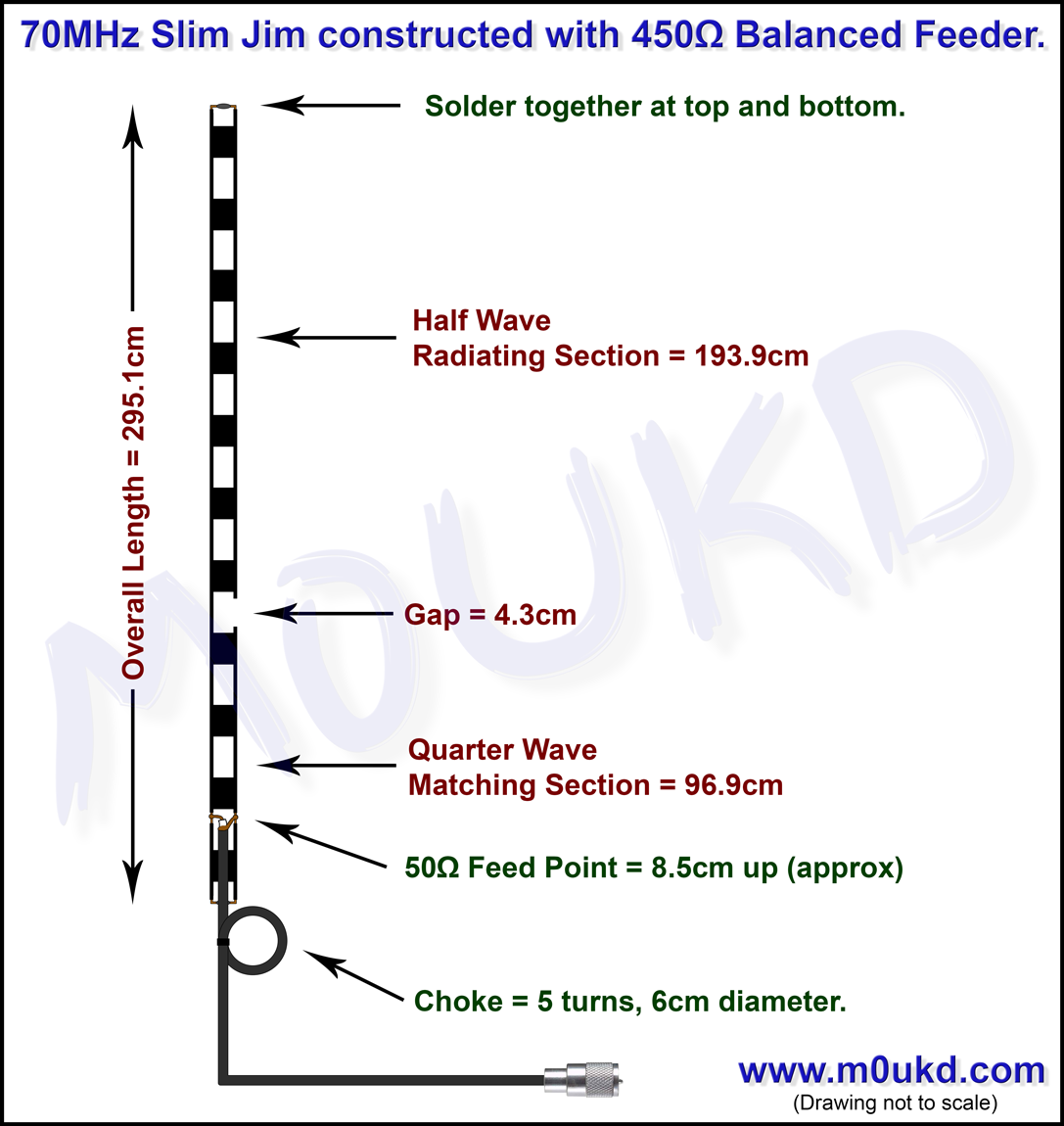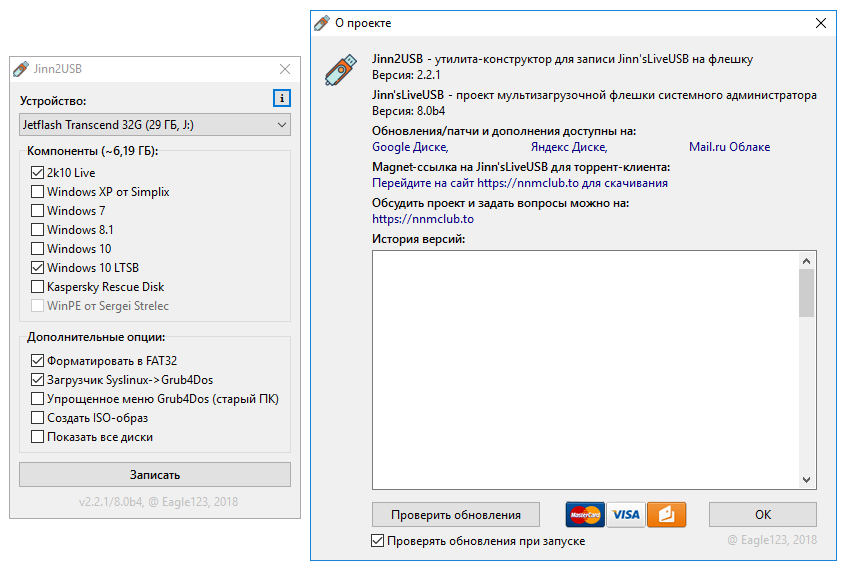
Quarter Wave Box Calculator 21
A transmission line loudspeaker is a loudspeaker () that uses an within the cabinet, compared to the simpler enclosures used by sealed (closed) or designs. Instead of reverberating in a fairly simple enclosure, sound from the back of the is directed into a long (generally folded) damped pathway within the speaker enclosure, which allows far greater control and use of speaker energy, and the resulting sound.
__44114.doc - DEPARTMENT OF FORENSIC MEDICINE AND TOXICOLOGY, JJM MEDICAL COLLEGE, DAVANGERE-577004. Radhakrishna, Reddy SN. The essentials of forensic medicine and toxicology by narayan reddy pdf free download. Pallavi, Reddy NN, L. Name of the Institution.
Inside a transmission line (TL) loudspeaker, is a (usually folded) pathway into which the sound is directed. The pathway is often covered with varying types and depths of absorbent material, and it may vary in size or taper, and may be open or closed at its far end. Used correctly, such a design ensures that undesired resonances and energies, which would otherwise cause undesirable auditory effects, are instead selectively absorbed or reduced (') due to the effects of the duct, or alternatively only emerge from the open end with the sound radiated from the front of the driver, enhancing the output level ('sensitivity') at low frequencies.
The transmission line acts as an, and the padding both reduces reflection and resonance, and also slows the speed of sound within the cabinet to allow for better tuning. Transmission line loudspeakers designs are more complex to implement, making mass production difficult, but their advantages have led to acclaim for a number of manufacturers such as,, and the like. As a rule, transmission line speakers tend to have exceptionally high fidelity low frequency response far below that of a typical speaker or, reaching into the range (British company TDL's studio monitor range from the 1990s quoted their frequency responses as starting from as low as 17 Hz depending upon model with a sensitivity of 87 dB for 1 W @ 1 metre), without the need for a separate enclosure or driver. Acoustically, TL speakers roll off more slowly (less steeply) at low frequencies, and they are thought to provide better driver control than standard reflex cabinet designs, are less sensitive to positioning, and tend to create a very spacious.

Quarter Wave Flared Vent T-Line Horn Bass Reflex Enclosure Calculator. By Forevrbumpn, November 21, 2006 in Subwoofers / Enclosures. So, heres the formula, its simple, you would just need a pen, paper, and calculator. I just had to do something on t-line, and explain quarter wave boxes a little more, the.
Modern TL speakers were described in a 2000 review as 'match[ing] reflex cabinet designs in every respect, but with an extra octave of bass, lower LF distortion and a frequency balance which is more independent of listening level'. Although more complex to design and tune, and not as easy to analyze and calculate as other designs, the transmission line design is valued by several smaller manufacturers, as it avoids many of the major disadvantages of other loudspeaker designs. In particular, the basic parameters and equations describing sealed and reflex designs are fairly well understood, the range of options involved in a transmission line design mean that the general design can be somewhat calculated but final transmission line tuning requires considerable attention and is less easy to automate.
I have an intuitive abhorrence of resonance enhancement to give a loudspeaker more 'kick' or apparent bass as they can sound 'single-noted'. Yes you can pick out the bass rhythm but what about the melody. What a transmission line gives in my experience is a much smoother and more realistic bass quality. - Steve Davey, former TNT Audio staff member/reviewer A transmission line is used in loudspeaker design to reduce time, phase, and resonance related distortions, and in many designs to gain exceptional bass extension to the lower end of human hearing, and in some cases the near- (below 20 Hz). TDL's 1980s reference speaker range (now discontinued) contained models with frequency ranges of 20 Hz upwards, down to 17 Hz upwards, without needing a separate., an advocate of TL design, stated that: 'I believe that speakers should preserve the integrity of the signal waveform and the Audio Perfectionist Journal has presented a great deal of information about the importance of time domain performance in loudspeakers. I’m not the only one who appreciates time- and phase-accurate speakers but I have been virtually the only advocate to speak out in print in recent years.